Home>Home Appliances>Laundry Appliances>How To Operate A Washing Machine
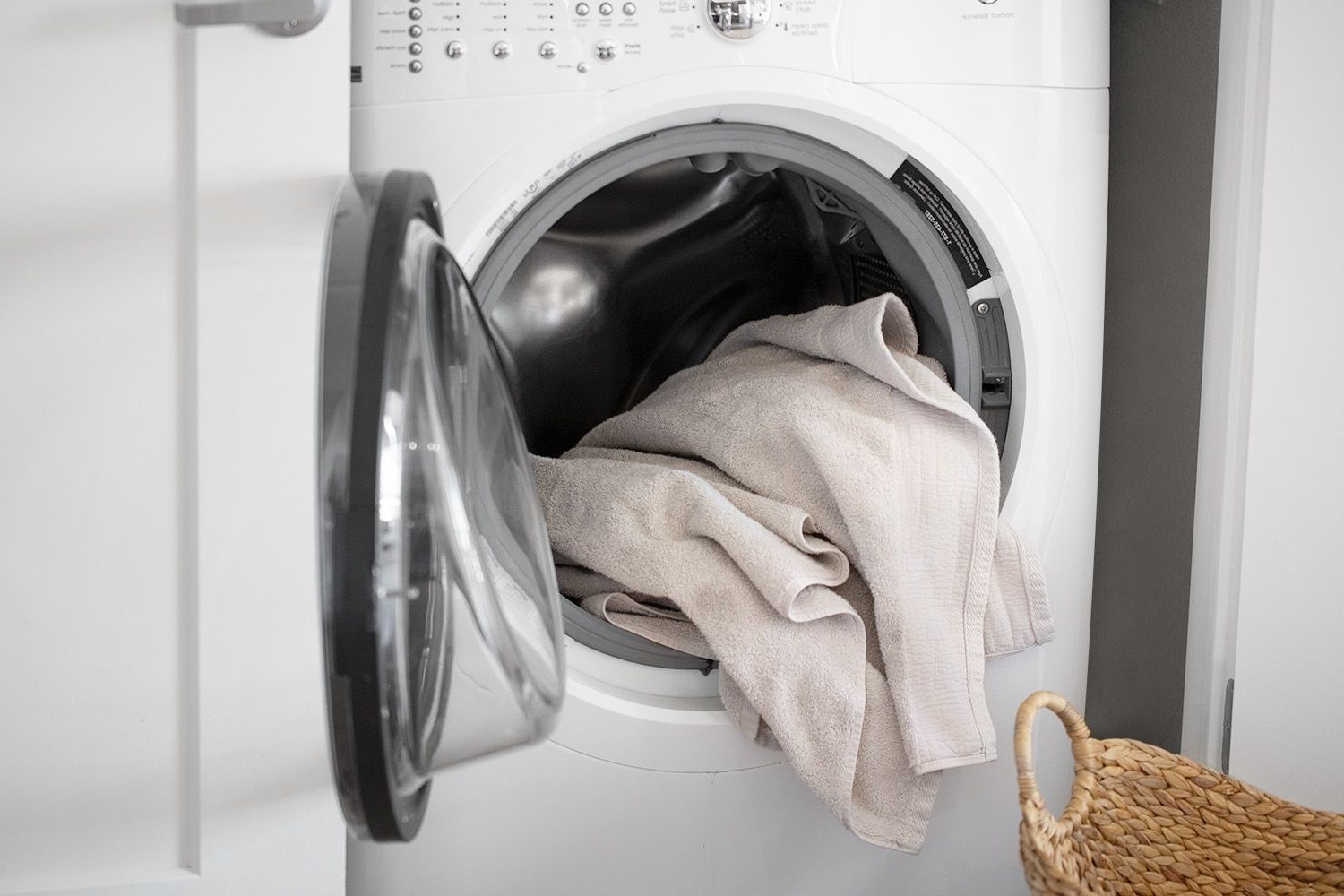

Laundry Appliances
How To Operate A Washing Machine
Modified: October 21, 2024
Learn how to efficiently operate a washing machine and master the art of laundry appliances with our comprehensive guide. Simplify your laundry routine today!
(Many of the links in this article redirect to a specific reviewed product. Your purchase of these products through affiliate links helps to generate commission for Storables.com, at no extra cost. Learn more)
Introduction
Operating a washing machine may seem like a straightforward task, but understanding the nuances of this essential household appliance can lead to cleaner, fresher laundry and a longer lifespan for your clothing. Whether you're a first-time user or seeking to optimize your laundry routine, mastering the art of using a washing machine is a valuable skill that can simplify your daily chores.
In this comprehensive guide, we will delve into the step-by-step process of operating a washing machine effectively. From preparing the laundry to selecting the appropriate wash cycle and understanding the significance of detergent and fabric softener, we will cover all the essential aspects to ensure that your laundry emerges spotless and well-cared for.
By familiarizing yourself with the intricacies of your washing machine, you can not only achieve superior cleaning results but also conserve energy and water, contributing to a more sustainable household. Additionally, understanding the various wash cycles and settings available on modern washing machines empowers you to tailor each laundry load to specific fabric types and soil levels, thereby preserving the quality of your garments and linens.
As we embark on this journey to demystify the operation of a washing machine, it's important to approach the task with a curious and open mindset. Embracing the process of learning how to operate this indispensable appliance can lead to a newfound appreciation for the art of laundering, transforming a mundane chore into a gratifying and rewarding experience.
So, let's roll up our sleeves and delve into the world of washing machines, where every spin and rinse brings us closer to cleaner, fresher laundry and a deeper understanding of this indispensable appliance.
Key Takeaways:
- Mastering the art of operating a washing machine involves preparing laundry thoughtfully, selecting the right wash cycle, and adding detergent and fabric softener for optimal cleaning and garment care.
- By understanding the nuances of starting and removing laundry from the washing machine, you can ensure that each load receives precise treatment and emerges fresh and well-cared for.
Preparing the Laundry
Before diving into the operation of a washing machine, it's crucial to prepare the laundry properly to ensure optimal cleaning results. This initial step sets the foundation for a successful laundering process and contributes to the longevity of your clothing and linens.
-
Sort the Laundry: Begin by sorting your laundry into distinct piles based on color, fabric type, and level of soiling. This practice prevents color bleeding and ensures that delicate items are not subjected to harsh washing conditions. Separating whites, lights, and darks into individual loads minimizes the risk of color transfer and allows for tailored treatment of different fabric types.
-
Check for Stains: Take a moment to inspect each garment for stains or soiled areas. Pre-treating stubborn stains with a specialized stain remover or a gentle detergent can significantly improve the likelihood of successful stain removal during the wash cycle. By addressing stains before loading the laundry into the washing machine, you enhance the effectiveness of the cleaning process and maintain the pristine condition of your clothing.
-
Empty Pockets and Fasten Zippers: Ensure that all pockets are empty and any items, such as coins or tissues, are removed to prevent damage to both the garments and the washing machine. Additionally, fasten zippers, hooks, and Velcro closures to prevent them from snagging or causing damage to other items during the wash cycle.
-
Turn Garments Inside Out: For delicate or embellished items, turning them inside out before placing them in the washing machine can help preserve their appearance and reduce the risk of surface damage. This simple step protects decorative elements, such as sequins, embroidery, or printed designs, from abrasion and friction during the wash.
-
Consider Fabric Weight: When preparing the laundry, take into account the weight and size of the items. Overloading the washing machine can compromise the cleaning efficacy and strain the appliance, while underloading may lead to inefficient water and detergent usage. Striking a balance by filling the machine to an appropriate capacity ensures thorough cleaning and efficient water and energy utilization.
By meticulously preparing the laundry before loading it into the washing machine, you set the stage for a successful laundering process. This thoughtful approach not only enhances the cleaning results but also contributes to the preservation of your garments and linens, allowing you to enjoy their freshness and longevity for years to come.
Loading the Washing Machine
Loading the washing machine is a crucial step that directly impacts the cleaning efficiency and overall care of your laundry. By following a few simple guidelines, you can ensure that each item is positioned optimally within the machine, allowing for thorough cleaning and minimizing the risk of damage.
-
Distribute the Load Evenly: When loading the washing machine, distribute the laundry evenly to maintain balance during the wash cycle. Unevenly distributed items can cause the machine to vibrate excessively, potentially leading to noise and mechanical stress. By arranging the laundry evenly, you promote smooth operation and reduce wear and tear on the appliance.
-
Place Large Items First: Begin by placing large items, such as bed linens and towels, at the bottom of the machine. This foundational layer provides stability and prevents smaller items from becoming trapped underneath during the wash cycle. Additionally, positioning larger items at the base facilitates thorough cleaning and ensures that they receive adequate exposure to water and detergent.
-
Add Smaller Items Carefully: After placing the larger items, carefully add smaller garments, such as shirts, pants, and undergarments, on top. Avoid overloading the machine, as this can hinder the circulation of water and detergent, compromising the cleaning efficacy. By arranging smaller items thoughtfully, you create an environment conducive to efficient cleaning and gentle garment care.
-
Mind Delicate Fabrics: When loading delicate fabrics, such as silk or lace, handle them with care to prevent stretching or distortion. Placing delicate items in mesh laundry bags or pillowcases can shield them from excessive agitation and friction, preserving their integrity during the wash cycle. This extra layer of protection ensures that delicate garments emerge from the washing machine unscathed and impeccably clean.
-
Consider Garment Type: Take into account the type of garments being loaded and arrange them accordingly. Grouping similar items together, such as separating heavy denim from lightweight blouses, allows for tailored treatment during the wash cycle. This practice ensures that each garment receives the appropriate level of agitation and rinsing, optimizing the cleaning process.
By adhering to these loading guidelines, you can maximize the cleaning efficiency of your washing machine while safeguarding the condition of your garments and linens. Thoughtful loading not only contributes to superior cleaning results but also promotes the longevity of your clothing, allowing you to enjoy fresh, clean laundry with every wash.
Adding Detergent and Fabric Softener
The process of adding detergent and fabric softener to the washing machine is a pivotal step that directly influences the cleanliness, freshness, and softness of your laundry. By understanding the nuances of these laundry care products and their optimal usage, you can elevate the laundering experience and ensure that your garments and linens emerge from the wash cycle impeccably clean and luxuriously soft.
Selecting the Right Detergent
Choosing the appropriate detergent for your laundry needs is essential for achieving optimal cleaning results. Consider factors such as fabric type, soil level, and any specific requirements, such as hypoallergenic or eco-friendly formulas. For heavily soiled items, a detergent with powerful stain-fighting properties may be necessary, while delicate fabrics benefit from gentle, mild detergents to preserve their integrity.
Measuring the Detergent
Accurately measuring the detergent prevents wastage and ensures that the right amount is used for each load. Refer to the manufacturer's guidelines regarding recommended dosage based on load size and soil level. Overdosing detergent can lead to residue buildup and may require additional rinsing, while using too little can compromise the cleaning efficacy. Utilizing measuring caps or cups provided with the detergent aids in precise dispensing, promoting efficient cleaning and optimal detergent utilization.
Adding Fabric Softener
Fabric softener contributes to the luxurious feel and enhanced freshness of laundered items, making it a valuable addition to the washing process. When using a top-loading washing machine, pour the fabric softener into the designated dispenser or follow the manufacturer's instructions for manual dispensing. For front-loading machines, utilize the specified compartment for fabric softener to ensure even distribution during the rinse cycle.
Understanding Fabric Softener Benefits
Fabric softener not only imparts a delightful softness to clothing and linens but also reduces static cling and makes ironing easier. Additionally, it infuses fabrics with a pleasant fragrance, elevating the sensory experience of freshly laundered items. By incorporating fabric softener into your laundry routine, you can indulge in the sumptuous comfort and delightful aroma that characterize well-cared-for garments and linens.
Considerations for Sensitive Skin
For individuals with sensitive skin or allergies, opting for hypoallergenic or fragrance-free detergents and fabric softeners is paramount. These specialized formulations minimize the risk of skin irritation while still delivering exceptional cleaning and softening benefits. Prioritizing skin-friendly products ensures that everyone can revel in the freshness and comfort of clean laundry without compromising their well-being.
By mastering the art of adding detergent and fabric softener to the washing machine, you can elevate the laundering process to new heights of effectiveness and sensory delight. Thoughtful selection and precise dispensing of these laundry care essentials contribute to impeccably clean, luxuriously soft, and delightfully fragrant laundry, enriching the daily experience of caring for your garments and linens.
Read more: How To Reset A Washer
Selecting the Wash Cycle
The selection of the appropriate wash cycle is a pivotal decision that directly influences the cleaning efficacy and care of your laundry. Modern washing machines offer an array of wash cycles, each tailored to specific fabric types, soil levels, and garment care requirements. By understanding the distinct characteristics of these wash cycles, you can optimize the laundering process and ensure that each load receives customized treatment for superior cleaning results.
Normal Wash Cycle
The normal wash cycle is a versatile option suitable for a wide range of fabrics and soil levels. It provides a balanced combination of agitation, soaking, and rinsing, making it ideal for everyday laundry items such as cotton t-shirts, jeans, and linens. This cycle effectively removes moderate dirt and stains while maintaining the integrity of most fabrics, offering a reliable choice for regular laundry loads.
Delicate or Gentle Cycle
For delicate fabrics such as silk, lace, or lingerie, the delicate or gentle cycle offers a gentle washing action to minimize agitation and reduce the risk of damage. This cycle is characterized by slower and shorter agitation periods, as well as reduced spin speeds, ensuring that delicate items receive tender care while still achieving thorough cleaning. By selecting the delicate cycle, you can safeguard the delicate fibers and embellishments of your most cherished garments.
Quick Wash Cycle
When time is of the essence and you need to refresh lightly soiled garments promptly, the quick wash cycle is a convenient option. This accelerated cycle expedites the washing process by reducing the duration of each phase, delivering clean laundry in a fraction of the time required for standard cycles. It is particularly useful for items that require immediate reuse or for handling small, lightly soiled loads efficiently.
Read more: How To Reset Kenmore Washer
Heavy-Duty or Bulky Items Cycle
For robust fabrics, heavily soiled items, or large, bulky loads such as comforters and blankets, the heavy-duty or bulky items cycle is designed to deliver robust cleaning power. This cycle incorporates extended wash times, vigorous agitation, and thorough rinsing to tackle stubborn stains and grime effectively. By utilizing this cycle, you can restore heavily soiled or oversized items to a pristine condition without compromising the performance of your washing machine.
Specialized Cycles
Many modern washing machines feature specialized cycles tailored to specific needs, such as sportswear, baby clothes, or allergen removal. These dedicated cycles apply customized washing parameters to address unique requirements, such as gentle treatment for activewear, thorough sanitization for baby garments, or allergen reduction for sensitive individuals. By leveraging these specialized cycles, you can ensure that each load receives targeted care, catering to the distinctive needs of your laundry items.
By thoughtfully selecting the appropriate wash cycle for each laundry load, you can harness the full potential of your washing machine to achieve exceptional cleaning results while preserving the quality and longevity of your garments and linens. Understanding the nuances of each wash cycle empowers you to tailor the laundering process to the specific needs of your laundry, transforming each wash into a customized treatment that elevates the cleanliness and care of your cherished items.
Starting the Washing Machine
Once the laundry is sorted, loaded, and the detergent and fabric softener are added, it's time to initiate the washing machine. This pivotal step sets the entire laundering process into motion, signaling the commencement of thorough cleaning and garment care. Understanding the nuances of starting the washing machine ensures that each load receives the precise treatment required for optimal cleaning results and fabric preservation.
To begin, close the washing machine's lid or door securely, ensuring that it is tightly sealed to prevent water leakage during the wash cycle. For front-loading machines, the door should be firmly shut, while top-loading machines require the lid to be closed and latched in place. This simple yet essential action establishes a watertight environment within the machine, allowing the washing process to unfold without any external interference.
Next, select the desired wash cycle based on the specific requirements of the laundry load. Whether opting for a normal wash cycle, delicate cycle, quick wash cycle, or a specialized cycle tailored to unique needs, ensure that the appropriate setting is chosen to address the fabric type, soil level, and care considerations. By aligning the wash cycle with the characteristics of the laundry load, you set the stage for customized treatment that optimizes cleaning efficacy and garment longevity.
Once the wash cycle is selected, adjust any additional settings or options offered by the washing machine, such as water temperature, spin speed, or soil level. These customizable parameters allow for fine-tuning the washing process to suit the unique attributes of each load, ensuring that fabrics are treated with precision and care. By leveraging these supplementary settings, you can further enhance the cleaning results and fabric care, tailoring the wash cycle to the specific needs of your laundry items.
After confirming the chosen settings and options, initiate the washing machine by pressing the designated start button or turning the control dial, depending on the machine's interface. As the machine springs to life, water begins to fill the drum, signaling the commencement of the cleansing process. The rhythmic hum of the machine and the gentle swishing of water envelop the laundry, marking the beginning of a transformative journey that culminates in fresh, clean garments and linens.
As the washing machine progresses through the selected wash cycle, it undergoes a sequence of actions, including agitation, soaking, rinsing, and spinning, each contributing to the thorough cleaning and care of the laundry load. Throughout this process, the machine diligently executes the programmed parameters, ensuring that each garment receives the precise treatment necessary for optimal cleanliness and fabric preservation.
By mastering the art of starting the washing machine, you orchestrate the symphony of cleaning and care that unfolds within the appliance, guiding each load through a tailored journey that culminates in immaculate, fresh laundry. This deliberate initiation of the washing process sets the stage for a transformative experience, where soiled garments and linens emerge revitalized and ready to embrace the world anew.
Removing the Clean Laundry
As the washing machine completes the selected wash cycle, signaling the culmination of the cleansing process, the next crucial step is to remove the clean laundry promptly. This pivotal action ensures that the freshly laundered garments and linens retain their pristine condition and freshness, ready to be embraced and utilized in daily life.
Upon completion of the wash cycle, the washing machine typically signals its readiness through a series of audible alerts or visual indicators. Some machines may emit a gentle chime, while others display a digital notification, signaling that the cleaning process has drawn to a close. This prompt serves as a gentle nudge to attend to the clean laundry promptly, preventing any potential wrinkling or mustiness that may occur if the items are left in the machine for an extended period.
To remove the clean laundry, open the washing machine's lid or door with care, ensuring that any residual water on the door's surface is wiped away to prevent drips onto the clean items. For front-loading machines, the door swings open smoothly, revealing the revitalized garments and linens nestled within. In the case of top-loading machines, lifting the lid unveils the freshly laundered items, each imbued with a newfound cleanliness and freshness.
As the clean laundry is retrieved from the washing machine, handle each item with attentiveness, gently shaking out any wrinkles and ensuring that the garments and linens are free from entanglement. This thoughtful approach minimizes the need for extensive ironing or additional care, preserving the pristine condition achieved during the wash cycle. Delicate items, such as lingerie or embellished garments, should be handled with extra care to safeguard their intricate details and ensure that they emerge unscathed from the laundering process.
Once the clean laundry is removed from the washing machine, promptly transfer it to the designated drying area, whether it be a clothesline, drying rack, or dryer. By promptly attending to the clean items, you prevent any potential odors or mildew from developing and allow the garments and linens to air-dry or tumble-dry efficiently, retaining their newfound cleanliness and freshness.
By mastering the art of removing the clean laundry from the washing machine, you complete the transformative journey that began with the sorting and loading of the laundry. This final step ensures that the fruits of the washing process are preserved, allowing the clean garments and linens to seamlessly integrate into your daily routine, enveloping you in the comfort and freshness that characterize well-cared-for laundry.
Frequently Asked Questions about How To Operate A Washing Machine
Was this page helpful?
At Storables.com, we guarantee accurate and reliable information. Our content, validated by Expert Board Contributors, is crafted following stringent Editorial Policies. We're committed to providing you with well-researched, expert-backed insights for all your informational needs.



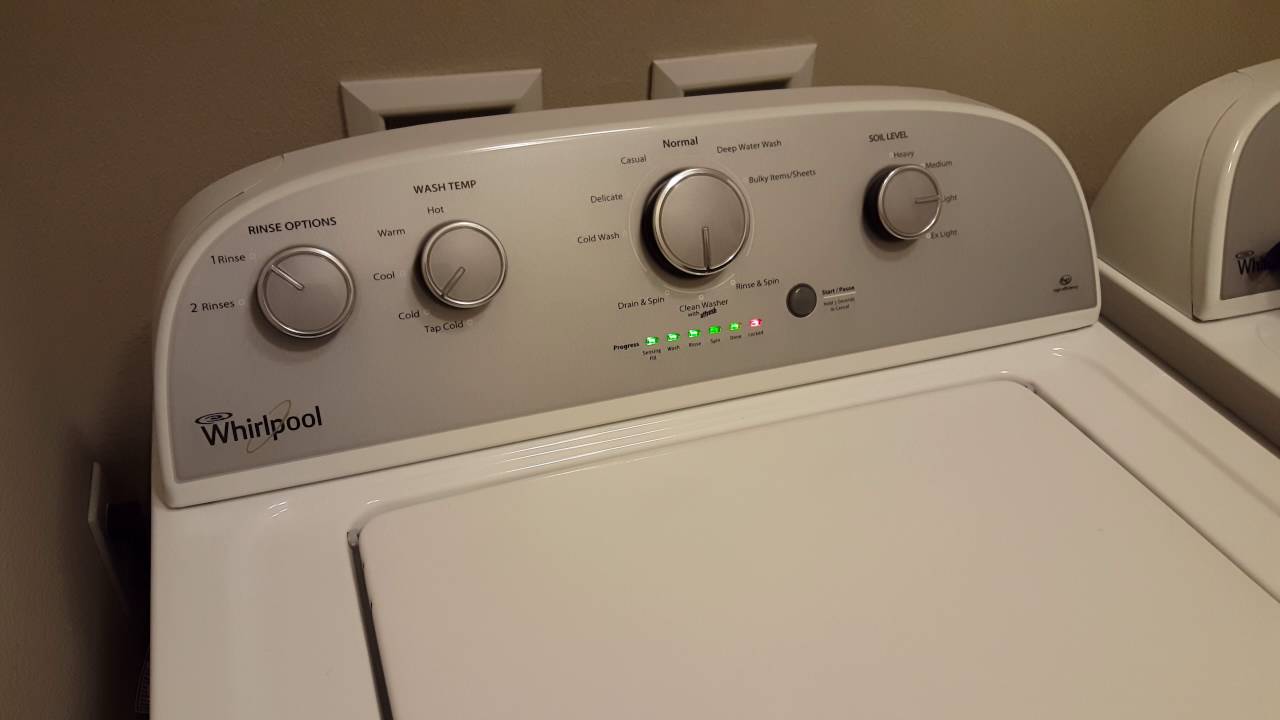





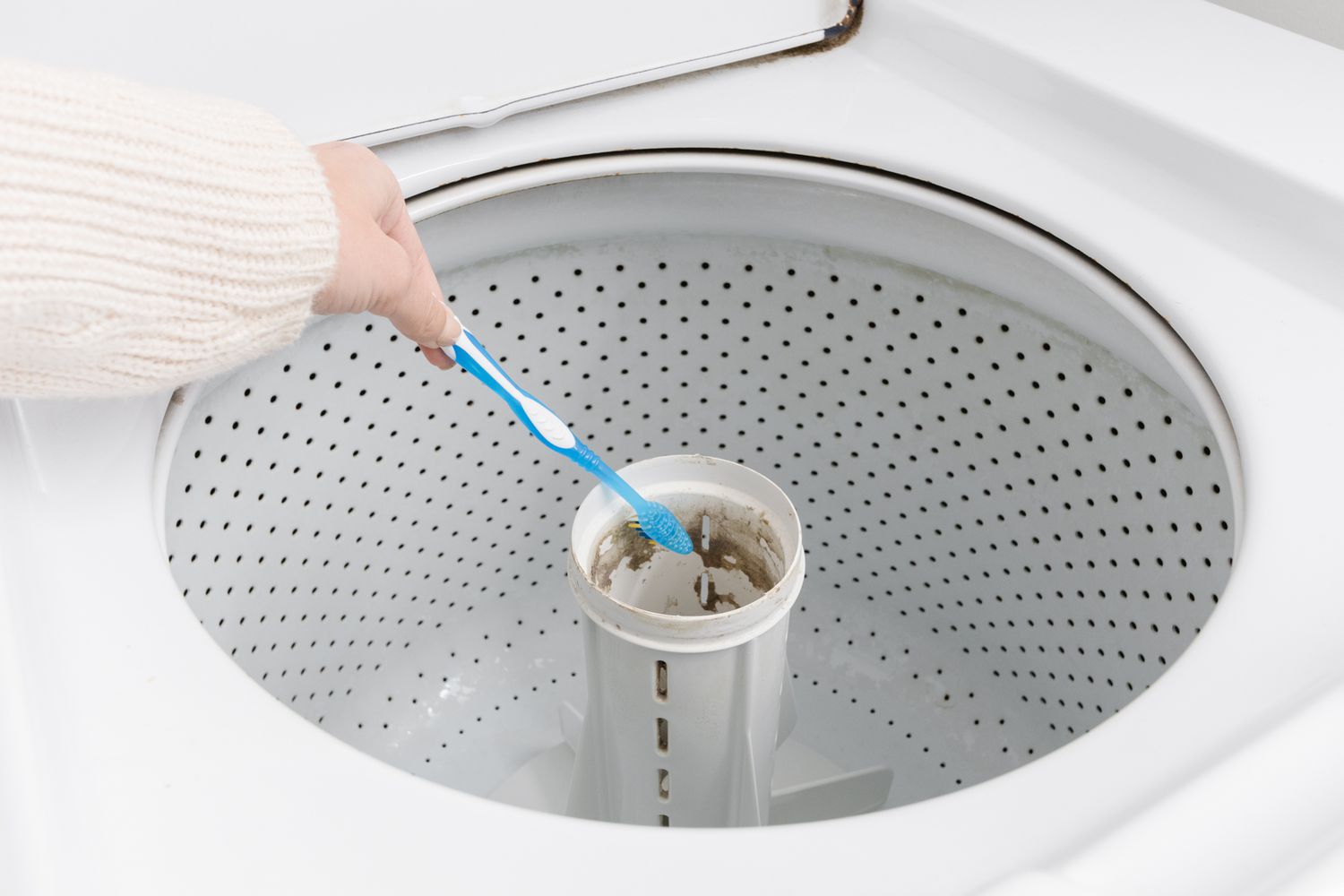
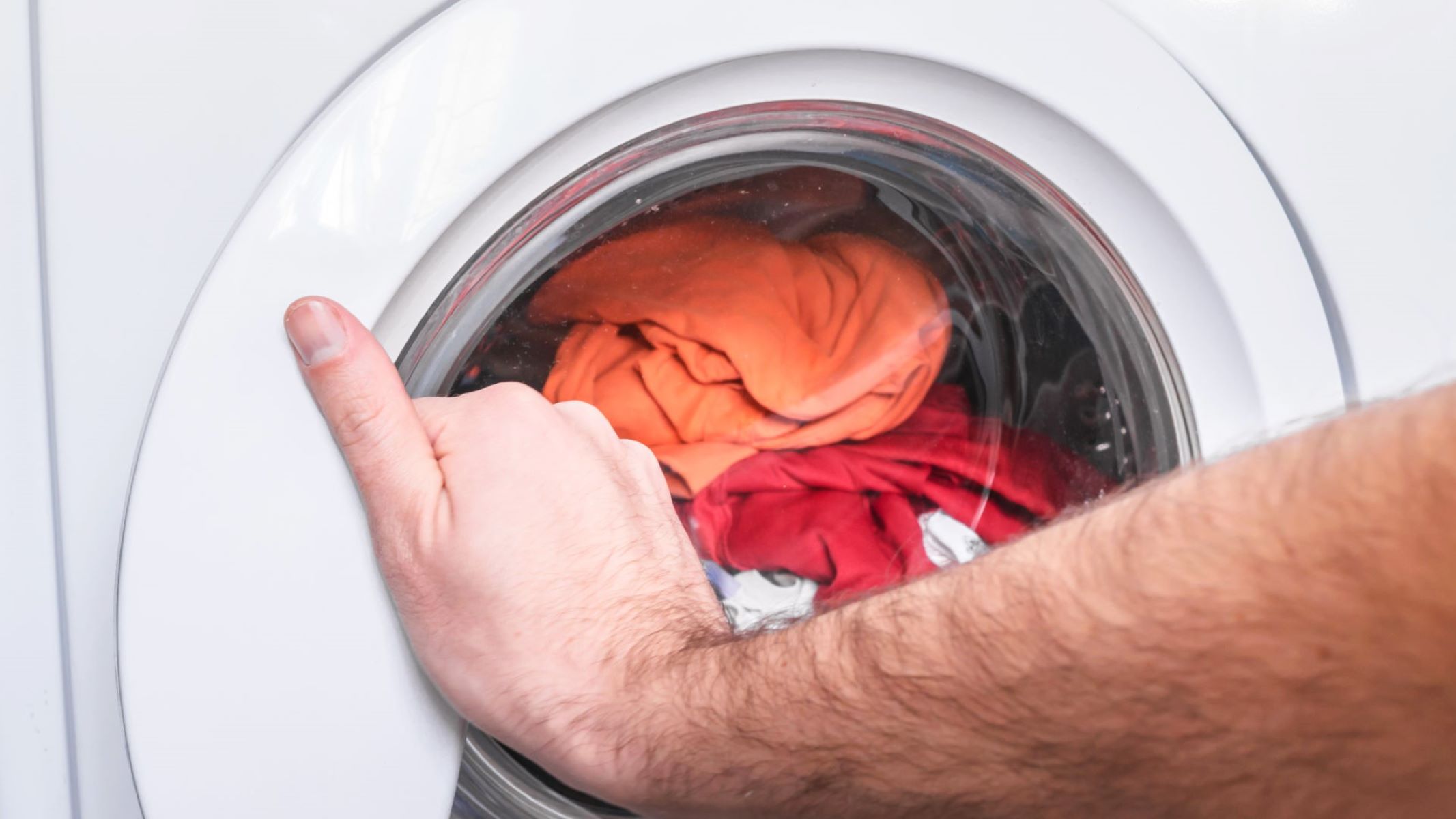
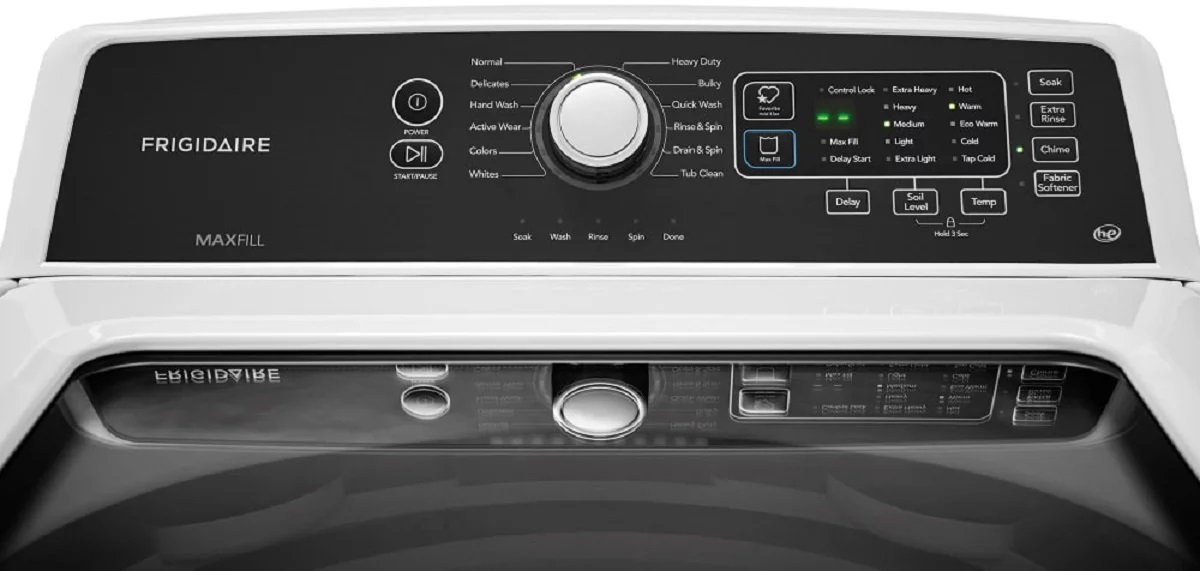

0 thoughts on “How To Operate A Washing Machine”